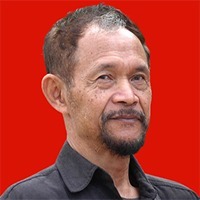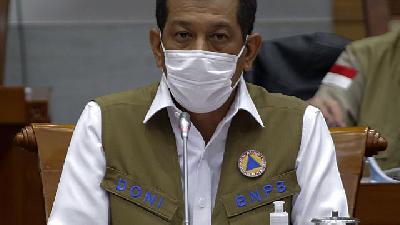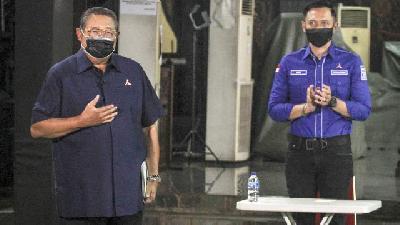News, Stories, News
Monday, March 15, 2021
Tempo was born and changed the magazine scene. Previously, weeklies were like convenience stores.
arsip tempo : 171400167147.

ONE afternoon 50 years ago in an old building at Jalan Senen Raya 83 while we were preparing the first issue of Tempo, I heard someone grumbled: “This magazine won’t last more than three months.”
I was shocked, a bit. The voice came from B, one of the team created to manage the administration of the new magazine. But I pretended not to hear.
“Let’s hope he’s not right,” I said later, conveying the
...
Subscribe to continue reading.
We craft news with stories.
 For the benefits of subscribing to Digital Tempo, See More
For the benefits of subscribing to Digital Tempo, See More











